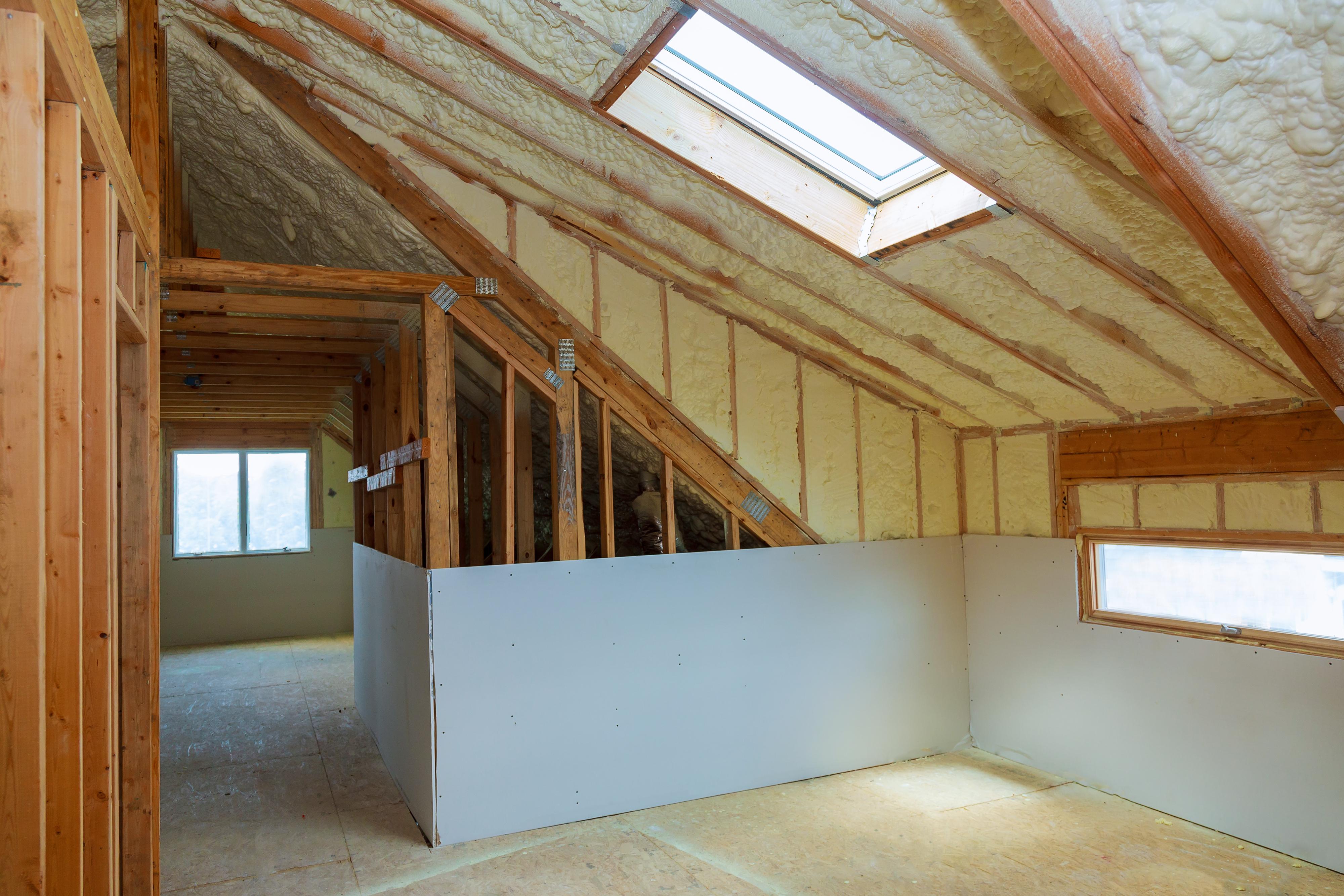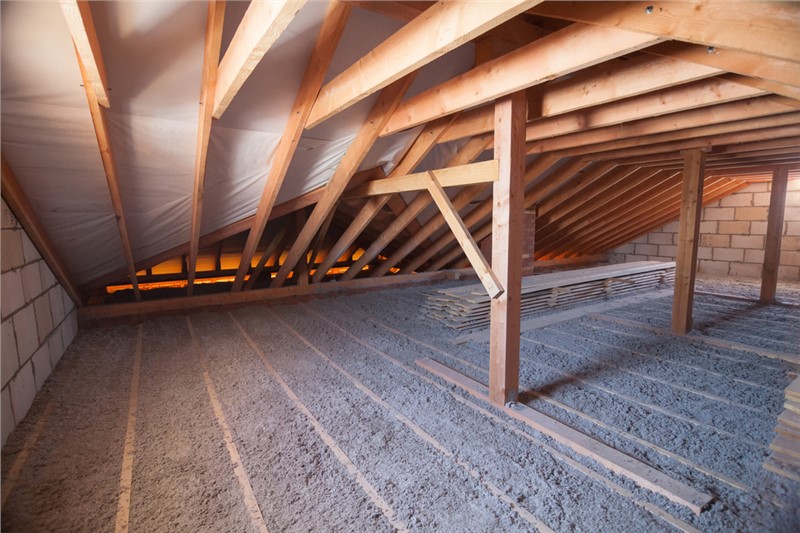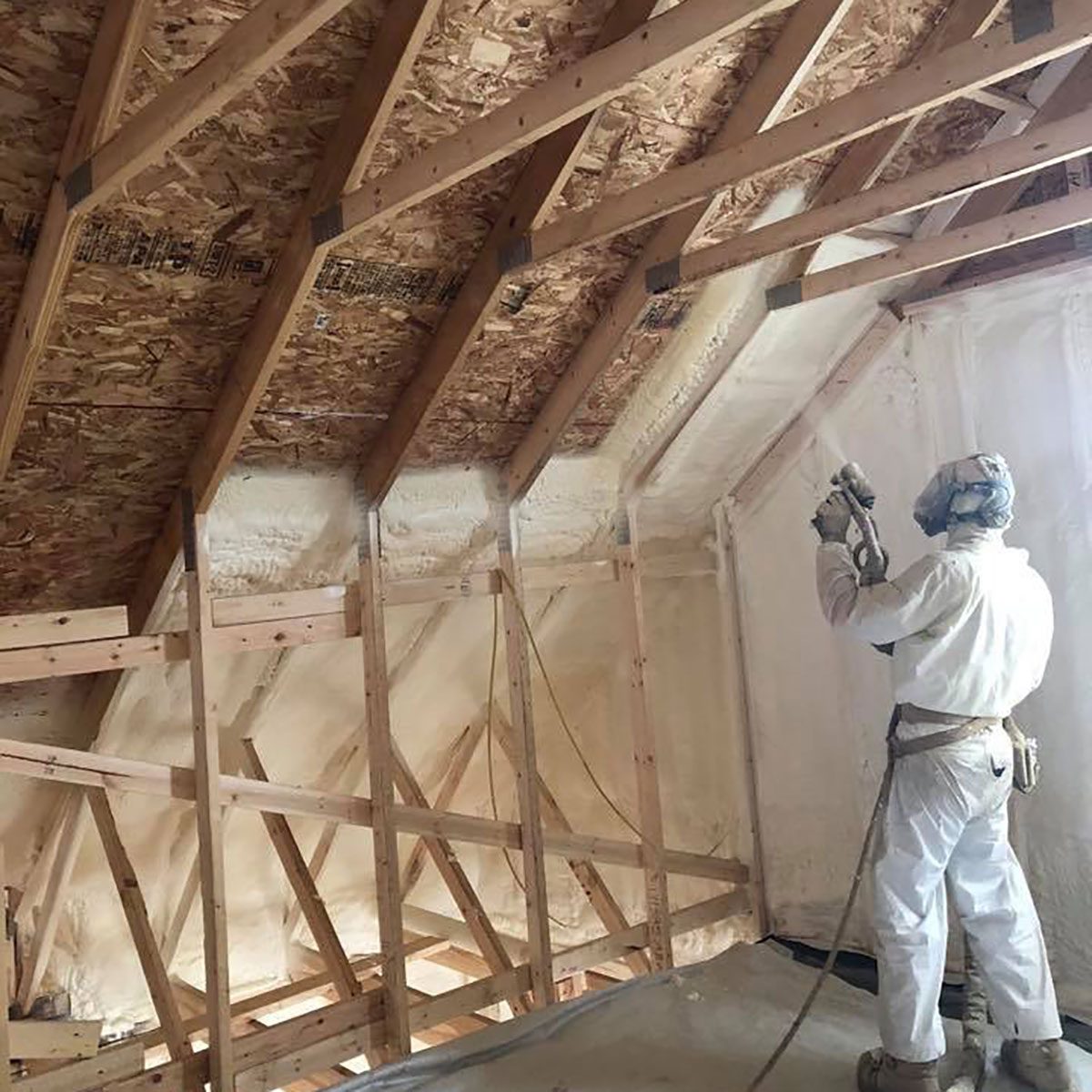How Attic Insulation DFW Can Change Your Home's Climate Control
How Attic Insulation DFW Can Change Your Home's Climate Control
Blog Article
Discover the Different Sorts Of Attic Insulation and Their Unique Benefits for Your Home's Power Effectiveness

Fiberglass Insulation
Fiberglass insulation is among the most typically utilized products for attic insulation because of its superb thermal performance and cost-effectiveness. Composed of little glass fibers, this product successfully traps air, producing a protecting barrier that aids preserve consistent interior temperatures. Its high R-value per inch makes it particularly effective at resisting warmth transfer, which is essential for energy conservation in homes.
Setup of fiberglass insulation is fairly straightforward, commonly offered in batts or loose-fill types, fitting various attic arrangements. Furthermore, it is non-combustible and resistant to moisture, decreasing the risk of mold advancement. This longevity adds to its long life, making fiberglass a viable long-lasting investment for home owners.
In addition, fiberglass insulation is typically made from recycled products, which improves its eco-friendliness. The product can additionally add to soundproofing, lessening sound transfer between areas. While it is vital to use safety equipment during installment to stay clear of inflammation from the fibers, the total benefits of fiberglass insulation, consisting of power financial savings and environmental factors to consider, make it a prominent option for boosting attic room performance and advertising a comfortable living setting.
Spray Foam Insulation
Spray foam insulation is an extremely efficient alternative for attic room insulation, recognized for its exceptional air sealing and thermal performance. This cutting-edge insulation product is made up of a blend of isocyanate and polyol resin, which, when combined, broadens quickly to fill up spaces and cavities in the attic room space. Its capacity to comply with numerous surfaces guarantees a continual barrier versus air leakages, dramatically reducing warmth loss throughout cooler months and heat gain during warmer seasons.
Among the vital benefits of spray foam insulation is its high R-value per inch, which indicates it supplies outstanding thermal resistance in a reasonably slim application. This is especially helpful in attics where space is usually minimal. In addition, spray foam can help reduce wetness build-up, minimizing the risk of mold and mildew and mold development, which can be detrimental to both the structure and interior air quality.
While the initial expense of spray foam insulation may be greater than standard alternatives, its lasting energy savings, paired with enhanced convenience and enhanced home worth, make it a worthwhile financial investment for home owners looking for enhanced energy efficiency. Attic Insulation DFW. Overall, spray foam insulation stands out as a reliable service for maximizing attic insulation
Cellulose Insulation

Cellulose insulation is a prominent choice for attic room insulation, mainly composed of recycled paper products treated with fire resistants. This eco-friendly choice is known for its excellent thermal efficiency, successfully minimizing warm transfer in both summer season and winter season months. The thick make-up of cellulose permits it to fill up spaces and voids in attic areas, supplying a smooth obstacle against air leaks.
Among the substantial advantages of cellulose insulation is its capability to resist mold and pests, owing to the fire retardant therapies made use of during production. In addition, it boasts a high R-value per inch, which converts into remarkable energy effectiveness. Homeowners can anticipate reduced cooling and heating expenses as a result of enhanced insulation.
Setup is typically completed through blowing loosened cellulose into the wanted location, permitting for a reliable and quick process. This method also lessens disturbance to the existing structure. Cellulose insulation has a reasonably reduced environmental influence, as its production procedure makes use of recycled materials, adding to lasting structure techniques.
Rock Wool Insulation
Amongst the different alternatives for attic room insulation, rock woollen, also known as mineral wool, stands out as a result of its excellent thermal and acoustic performance. Made from recycled or all-natural materials, rock wool is developed by thawing rock and spinning it into fibers, resulting in an item that supplies excellent insulation properties.
Among the substantial benefits of rock woollen insulation is its high R-value, which shows its performance in resisting heat circulation. This particular not just improves power efficiency but additionally adds to preserving a comfy indoor temperature year-round. Furthermore, rock wool is inherently fire-resistant, making it a safer option for homes as it can stand up to heats without melting or launching toxic fumes.
Moreover, rock woollen insulation stands out in soundproofing capabilities, properly reducing noise transmission between rooms and from outdoors sources. On the whole, rock woollen insulation provides a detailed option for improving power performance, security, and comfort in property settings.
Radiant Barrier Insulation
Glowing obstacle insulation serves as an efficient see this page remedy for reducing warmth transfer in attics, specifically in warmer climates. This kind of insulation works by mirroring convected heat away from living spaces, therefore lowering the quantity of heat that gets in a home during heat - Attic Insulation DFW. Usually composed of an extremely reflective product, such as aluminum foil, radiant obstacles are installed in attics, encountering the roof covering, where they can obstruct incoming warmth from the sun
The key benefit of glowing obstacle insulation is its capacity to lower air conditioning prices. By reflecting heat as opposed to absorbing it, radiant barriers can assist keep a much more stable interior temperature level, minimizing the workload on air conditioning systems. This effectiveness translates right into reduced energy expenses and enhanced convenience for property owners.
In addition to power savings, radiant barriers can additionally contribute to boosted indoor air top quality. By minimizing heat buildup, they aid minimize moisture degrees, which can stop mold growth and boost overall air circulation. When set up Clicking Here properly, glowing barrier insulation can be an indispensable addition to any energy-efficient home, making it a worthwhile consideration for house owners looking to boost their attic room insulation method.
Final Thought
In final thought, understanding the numerous types of attic insulation-- fiberglass, spray foam, cellulose, rock woollen, and glowing obstacles-- makes it possible for house owners to make informed choices concerning power efficiency. By selecting the appropriate insulation product, substantial decreases in energy expenses can be achieved, along with enhancements in interior convenience.

In conclusion, understanding the numerous types of attic room insulation-- fiberglass, spray foam, cellulose, rock wool, and radiant obstacles-- enables house owners to make informed choices relating to energy efficiency.
Report this page